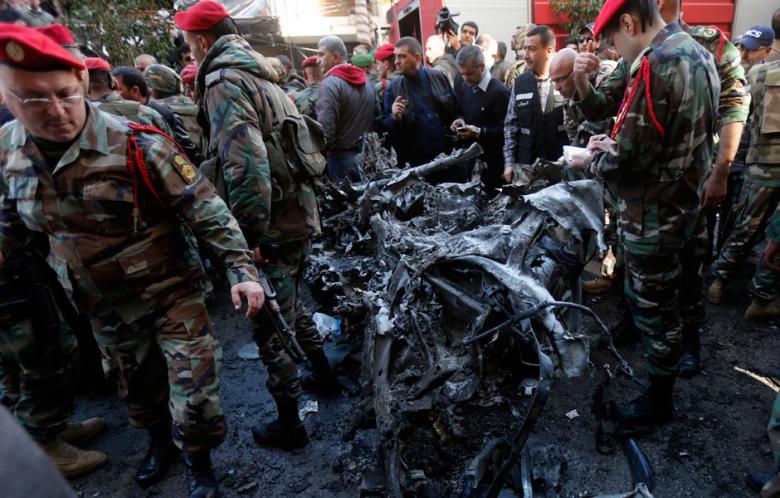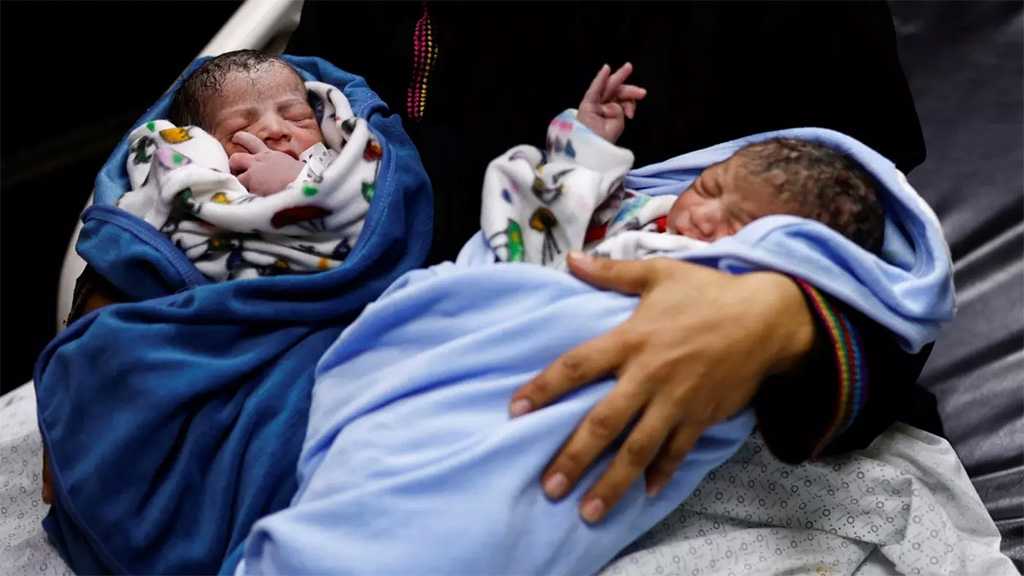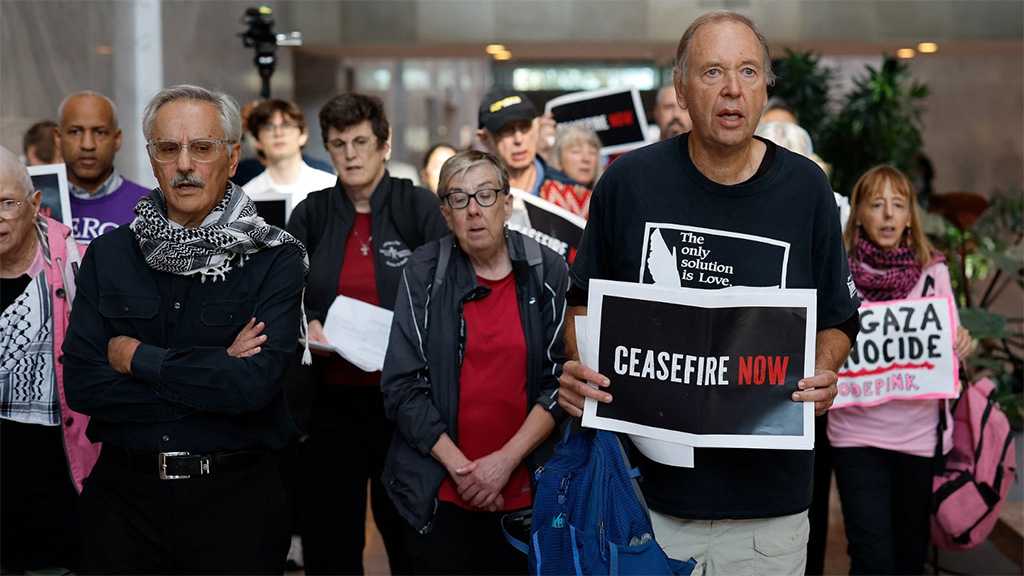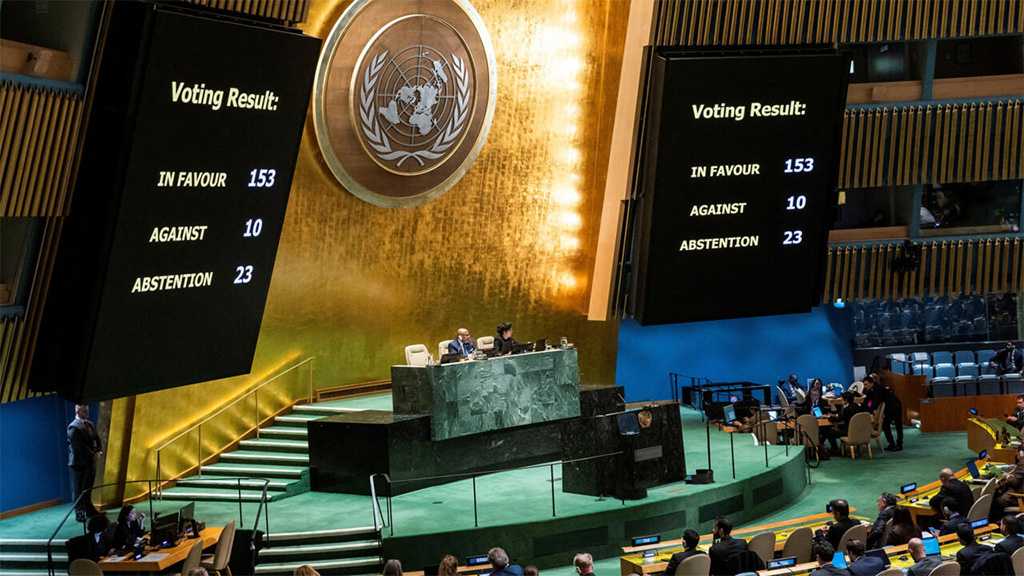
Ahmad Taha Group Behind Hermel and Haret Hreik Blasts

al-Akhbar daily
It is an all-out war. The sponsors of terrorism don't matter anymore. We are no longer concerned with the identity of the suicide bomber, his motives, or his explanations. What difference would it make if he is from al-Nusra Front, the Islamic State of Iraq and Syria, or a supporter of Ahmad al-Assir? We are only interested now in the number of victims and the proximity of the blast from our homes.
 For the second time in one month, a suicide bomber hit Arid Street in the heart of the south Beirut neighborhood of Haret Hreik. The technique of both bombings was almost the same: A young man driving a stolen car fitted with a medium-size pack of explosives, taking many roads before entering Dahiyeh, then choosing the right moment to take as many victims as possible.
For the second time in one month, a suicide bomber hit Arid Street in the heart of the south Beirut neighborhood of Haret Hreik. The technique of both bombings was almost the same: A young man driving a stolen car fitted with a medium-size pack of explosives, taking many roads before entering Dahiyeh, then choosing the right moment to take as many victims as possible.
Preliminary investigations show that the blast took place while the bomber was still driving. The vehicle used in the attack was a silver Kia Sportage with the original registration number 429513-G. Its original owner, a resident of Kfarhbab, reported it stolen on October 30, 2013.
The explosive device consisted of an estimated 20 kilograms of TNT attached to two mortar shells, wrapped in a metal frame, and fitted with metal balls to cause more civilian deaths. The bomber had an undetonated explosive belt. It's still unclear whether his original plan was to park the car, blow it up, and then blow himself up using the belt.
The car was then dispatched to Lebanon, successfully crossing checkpoints in many regions, even though its description was circulated amongst security forces.
Based on crime scene investigations, the car used in the attack was stolen by Nabil al-Moussawi and later sold to a member of the Ahmad Taha group. It was then transferred to Syria, where it was fitted with explosives in Yabroud in the Qalamoun region, just like the cars used in previous attacks targeting Dahiyeh and other regions.
The car was then dispatched to Lebanon, successfully crossing checkpoints in many regions, even though its description was circulated amongst security forces. Interestingly, the perpetrators didn't alter the car's appearance, only changing its registration number to 347527-G, which actually belonged to a Toyota.
Fake identification papers were found with the suicide bomber. His photo was put on a forged driver's license belonging to a resident of the Bekaa town of Brital. It was revealed that the license photo is close to eyewitness descriptions of the bomber.
Ahmad Taha Group
Ahmad Taha, a Palestinian from the Burj al-Barajneh refugee camp in south Beirut and a former member of Hamas, fled after security forces discovered his involvement in missile attacks on Dahiyeh last year. Oddly enough, the Arid Street blasts and the Roueiss explosion targeted a region not very far from Taha's house in Hara, which was raided by the Lebanese army.
According to sources, Haret Hreik's first bomber, Qutaiba al-Satem, and the Hermel suicide bomber, whose identity is still under investigation, also belonged to this group.
Syria's Terrorists Still on the Loose
Sameh al-Breidy, thought to be involved in Bir al-Abed and Roueiss attacks, bragged about crossing the Lebanese army checkpoint in Ersal hassle-free. No officer dared stop him since he wears an explosive belt above his clothes.
Information made available to Al-Akhbar by sources within the Islamic State of Iraq and Syria (ISIS) command in Qalamoun suggested a "work plan" inside Lebanon with full coordination between the group and al-Nusra Front.
Sources said they won't be discouraged by the death of non-Shia in the Dahiyeh blasts, stressing that those people "shall be considered martyrs by God." They also warned of new attacks in the future, attributing the small amount of explosives to security reasons.
Security Negligence
Lebanon's Army Intelligence, the Directorate General of General Security, and Hizbullah's security possess detailed information on where the masterminds of the attack are hiding. These forces have information confirming that Ibrahim al-Atrash is involved in all these operations.
Atrash is the uncle of Omar Atrash, who was killed in the mountains of Ersal while driving a bomb-rigged vehicle bound for Hermel last year. He is headquartered in Yabroud, Syria.
Security forces have information that Abu al-Baraa and Abu Jaafar rig the cars that are then sent to Lebanon through Ersal's mountains. The ISIS emir in Qalamoun, Abu Abdullah the Iraqi, and his Syrian assistant, Abu al-Qassem, planned at least two of the attacks in Dahiyeh. Meanwhile, Ahmad al-Atrash and Houmam Houjeiri transfer the cars.
Interestingly, Sameh al-Breidy, thought to be involved in Bir al-Abed and Roueiss attacks, bragged about crossing the Lebanese army checkpoint in Ersal hassle-free. No officer dared stop him since he wears an explosive belt above his clothes.
An Outcast Thief
Information suggests that Nabil al-Moussawi confessed to stealing cars for Maher Tleis, who sent them to Syria to be fitted with explosives. It would turn out that Tleis was behind the theft of both cars used in the two recent attacks.
Al-Akhbar can reveal that Moussawi is an outcast, disowned by his parents and no longer living in his hometown of Nabi Sheet. In his mid-thirties, Moussawi is unmarried and known for his criminal behavior, including thievery and drug trafficking.
Ten years ago, his father sold a piece of land and a butcher shop to bail his son out of jail. However, Moussawi caused so much trouble for his parents and siblings that his father disowned him in public many times.
Nabil has been living in Beirut and working at al-Sayad roundabout, calling out for mini-van passengers in exchange for little money



